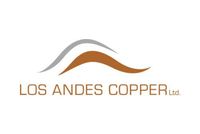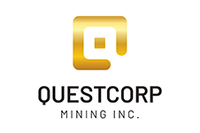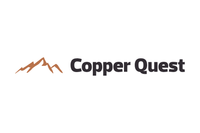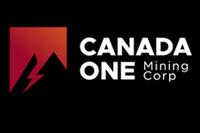Looming Copper Supply Crunch Highlights Need for New Discoveries
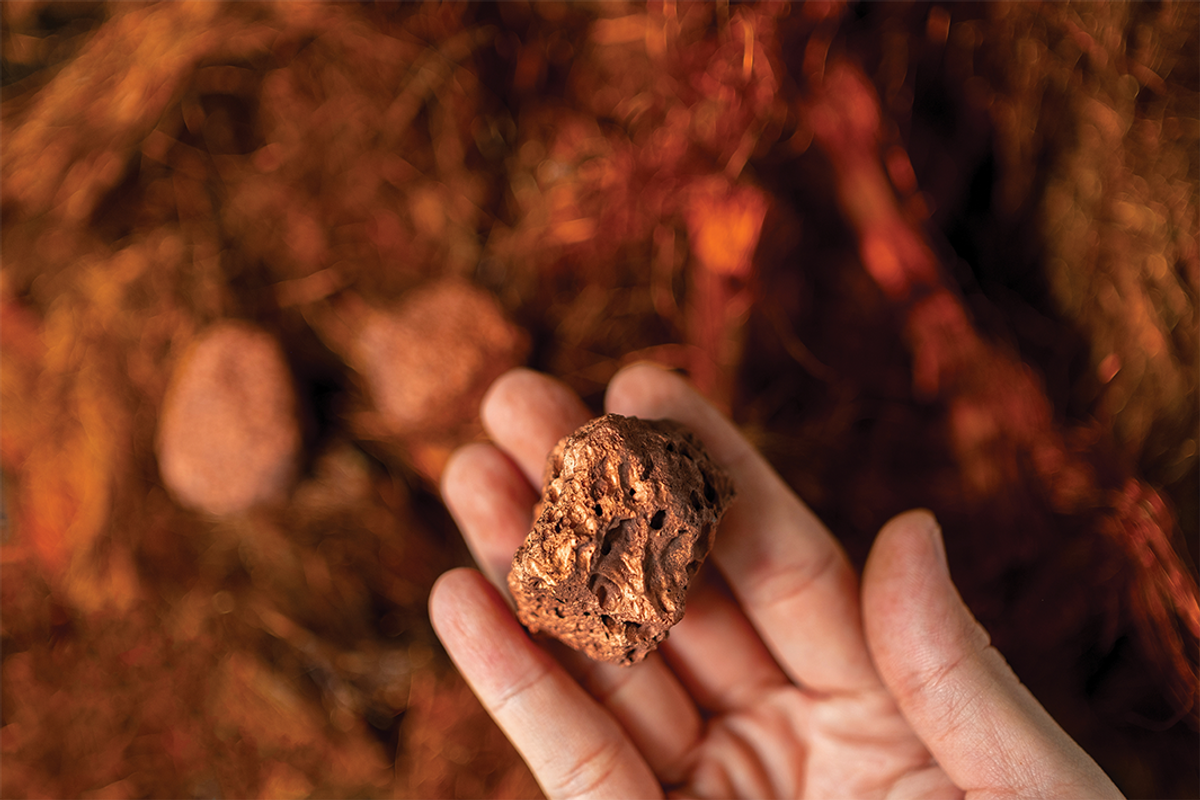
The widening supply/demand gap for copper is opening up opportunities for projects with potential for significant new discoveries.
Governments attempting to move toward electrification are learning that copper is a major component of that effort.
Countries seeking the security of their vital materials through protectionism is one of the factors throttling copper demand.
There have been no large copper discoveries since 1990. Currently, most copper production comes from expanding previous deposits. Yet the demand for copper until 2050 is greater than the total copper produced throughout human history.
What’s driving rising copper demand?
Electric vehicles are a major driver of copper demand because each requires at least twice the amount of copper than internal combustion engines. Wind turbines, solar panels and electricity infrastructure also use copper. Increased adoption of solar- and wind-generated power, and storage batteries, will require even more.
Copper consumption by green energy sectors globally is expected to jump fivefold in the 10 years to 2030, data from consultancy CRU Group shows.
Supply, however, cannot keep up with demand. A new copper mine requires more than 10 years from exploration to production. Increasingly difficult regulations slow development. For example, Chile, which is the largest copper producer, has demanded a royalty increase. The mining industry claims the burden of the higher royalty is hitting it when companies are struggling with declines in ore grades.
The cyclical nature of commodity markets resulted in underinvestment. Previous low copper prices led to reduced exploration budgets and fewer discoveries.
Copper producers view redistributing existing assets through M&A as faster, less costly and less risky than exploring and developing new properties. Consolidating creates bigger companies with better economies of scale and operational efficiency, with lower costs. Integrated supply chains and improved processes give producers more influence during price and regulation negotiations.
Focusing on M&A instead of discoveries has slowed response to price signals and has led to prolonged market tightness, which makes for a bullish outlook.
As increased demand outpaces current supply, rising prices ought to invigorate the copper market.
Historical production and discoveries
When China began industrializing and urbanizing hundreds of millions of people it caused a commodities supercycle. The current copper supercycle is global, sees greater demand, and is tangled with several countries’ national security.
Higher US tariffs and materials import bans are meant to assist stateside industries while tackling security concerns about Chinese control over minerals.
China will run parallel or duplicate supply chains from the same limited global supply, while producers look for other means of increasing copper output.
Analysts identified 239 copper deposits discovered between 1990 and 2023, containing 1.315 billion tonnes of copper in reserves, resources and past production. Of those, five have at least 500,000 tonnes of contained copper.
Most of this comes from the expansion of older discoveries and deposits found during the 1990s. Despite exploration budgets increasing 12 percent in 2023, there were only four discoveries during the previous five years (2019 to 2023) totaling 4.2 million tonnes of copper, underscoring the decline in major discoveries.
Unless this exploration trend reverses, there will be fewer discoveries.
Copper supply landscape
While copper recycling rates are rising, a truly circular economy in which it’s almost entirely recycled is unlikely. Aurubis (OTC Pink:AIAGF,ETR:NDA) for example, claims almost half of its copper cathodes are made from recycled material, yet admits it will be decades before it reaches 100 percent.
Increasing copper reserves is accomplished by finding deposits large enough to turn into mines or by copper companies lowering the cut-off grades. A cut-off grade is the minimum grade necessary for a unit of rock to be economically extractable at a given price.
Any ore below that grade remains in the ground. When prices rise, the producer earns more per tonne and can lower the cut-off grade while still profiting.
The industry head grade was already 30 percent lower by 2015 than in 2001, while the capital cost per tonne had risen fourfold.
A Wood Mackenzie Metals and Mining division report states that delivering the base metals to meet Net-Zero 2050 “strains project delivery beyond the breaking point” from people and plant to financing and permitting. Copper “sits at the nexus of the energy transition.”
Net-Zero 2050 requires 19 million tonnes of additional copper annually. The equivalent of BHP’s (ASX:BHP,NYSE:BHP,LSE:BHP) Escondida (1 million tonnes annual production) must be discovered and enter production every year for the next 20 years.
That means global copper production must grow by one million tonnes annually for two decades until it reaches 40 million tonnes by 2040. That’s one Escondida or two Collahuasis (0.6 million tonnes annual production) per year, every year, for 20 years.
Achieving half that goal, 10 million tonnes per year by 2040, requires one new Collahuasi mine per year for the next 20 years. Yet none of the new copper mines entering production can exceed 200,000 tonnes per annum.
Agreements already exist at four of the new copper supply mines. In Kamoa-Kaukula, owned by Ivanhoe Mines (TSX:IVN,OTCQX:IVPAF), all initial production is split between two Chinese companies, one of which owns 39.6 percent of the joint venture project.
Emerging new project with large-scale potential
Located about 25 kilometres southwest of the regional center of Halls Creek on the Great Northern Highway in Northeastern Western Australia, the Koongie Park copper-zinc project lies in the Halls Creek Mobile Belt, which also has the Savannah (Sally Malay) and Copernicus nickel projects, the former Argyle diamond mine, and the Pantoro gold mining operation at Nicolsons.
AuKing Mining (ASX:AKN) has secured 100 percent (subject to a 1 percent net smelter royalty) ownership of the Koongie Park project. The 500 square kilometre area includes over 40 kilometres of the base metals prospective at Koongie Park.
Significant exploration drilling and analysis has been done there since the 1970s, usually increasing with commodity prices. Most drilling has been at the Sandiego and Onedin deposits. Through exploration and development, AuKing aims to become a mid-tier copper producer.
Also in Australia, True North Copper’s (ASX:TNC) Mount Oxide project is highly prospective, yet underexplored. The project’s Vero deposit has an updated mineral resource estimate that contains 15.03 million tonnes at 1.46 percent copper and 10.59 g/t silver for a contained 220,000 tonnes of copper and 5.13 million ounces silver.
In Arizona, World Copper (TSXV:WCU) is fast tracking the path to production for its Zonia project, a 1,732 hectare property past producer with an excellent potential for additional discoveries through an already identified pipeline of copper targets.
Investor takeaway
The widening supply/demand gap for copper is opening up opportunities for new projects with potential for significant new discoveries that will provide high-quality, game-changing new copper supply to the market. Investors looking at the copper market should keep an eye on these projects.

